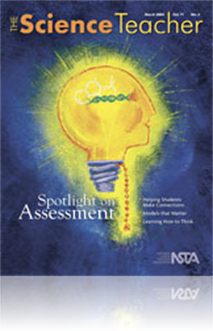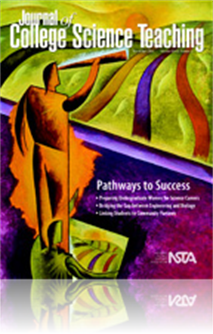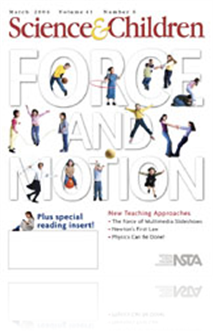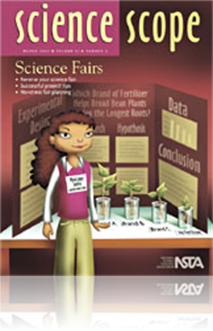All Resources
Journal Article
One way for teachers to show a small specimen to an entire class is by placing the specimen in a small, transparent display case, such as a Petri dish. This allows students to closely observe the specimen and reduces the chance it might become damage...
Journal Article
Nontraditional laboratories can provide primary pathways by which students comprehend and apply modern astronomy. To teach a nontraditional astronomy lab, we must give students opportunities to critically contemplate unsolved questions and evaluate c...
Journal Article
Idea Bank: What's Up with Kudzu?
The abundance of Kudzu—a Japanese vine—in the state of Mississippi provides a natural pathway for discovery opportunities. All over the South in late spring and summer, Kudzu wreaks havoc; the vine can overtake buildings if left unchecked and oft...
Journal Article
Teaching Through Trade Books: May the Force Be with You!
Students’ fascination with moving objects—as well as with how they themselves move—can inspire numerous physical science investigations. This month's Teaching Through Trade Books column focuses on two books about motion: Go, Go, Go! Kids on the...
Journal Article
Enhancing students’ cognitive development is a priority—students must learn how to think. Inquiry instruction provides students with tools to make decisions based upon available evidence and an opportunity to develop and practice their thinking...
Journal Article
Science Sampler: No stress science fair
Teachers can combat two common pitfalls of science fairs—finding time and excessive parental involvement—by working the projects into the classroom curriculum. Students complete independent research projects early in the year and showcase their r...
Journal Article
Assessing Student Understanding
Science education has moved from the traditional lecture-and-demonstration model toward a student inquiry model. Although science teachers know that inquiry teaching is desirable, they are frequently at a loss when it comes time to assess students. T...
Journal Article
The following question is addressed in this month’s column: An email debate among science teachers focused on the explosive nature of “superheated” microwaved water. Could someone address the real science that either debunks or supports this no...






